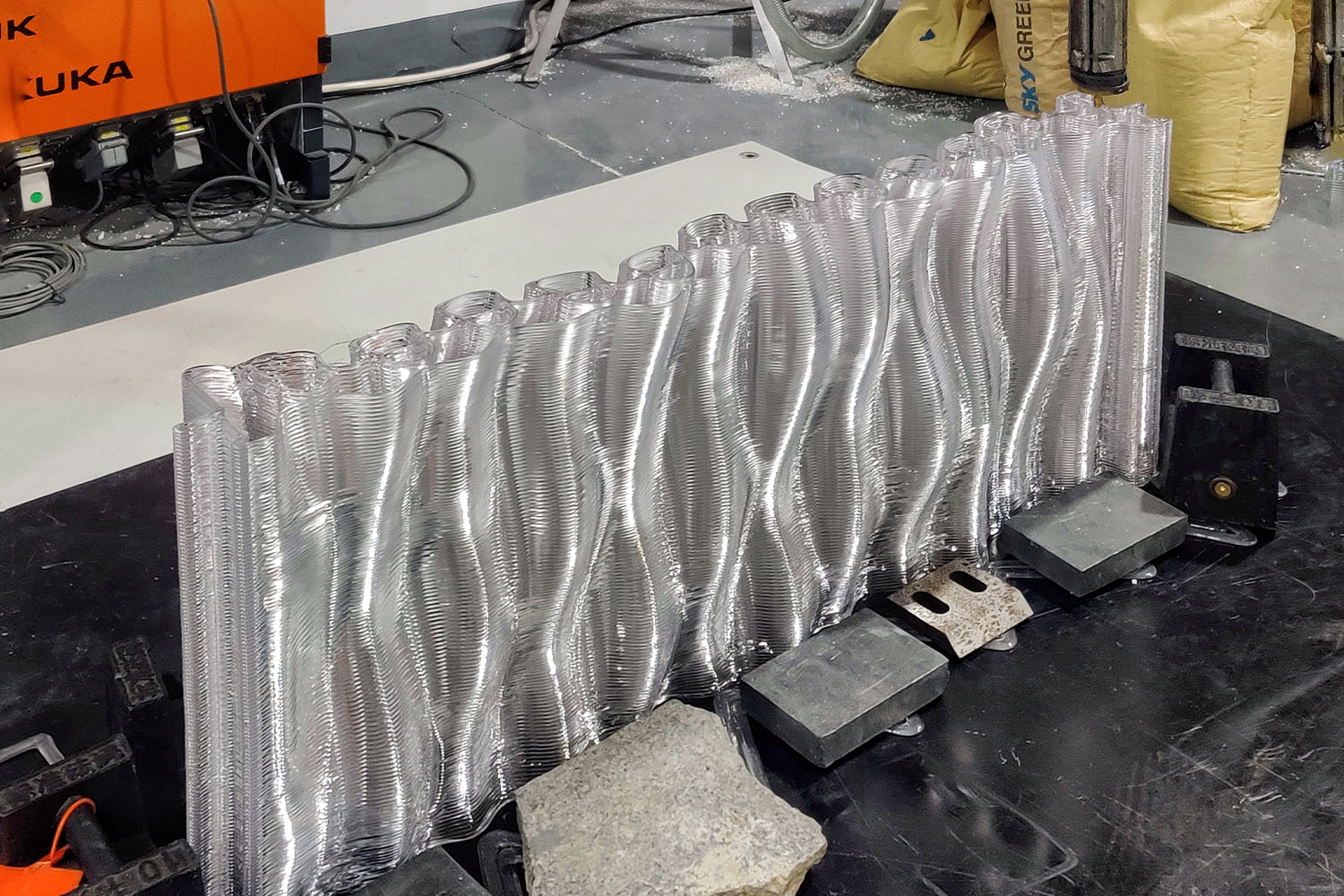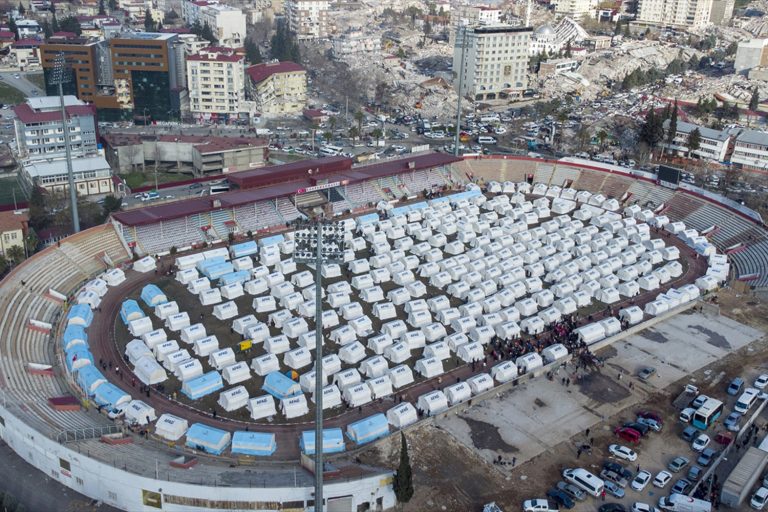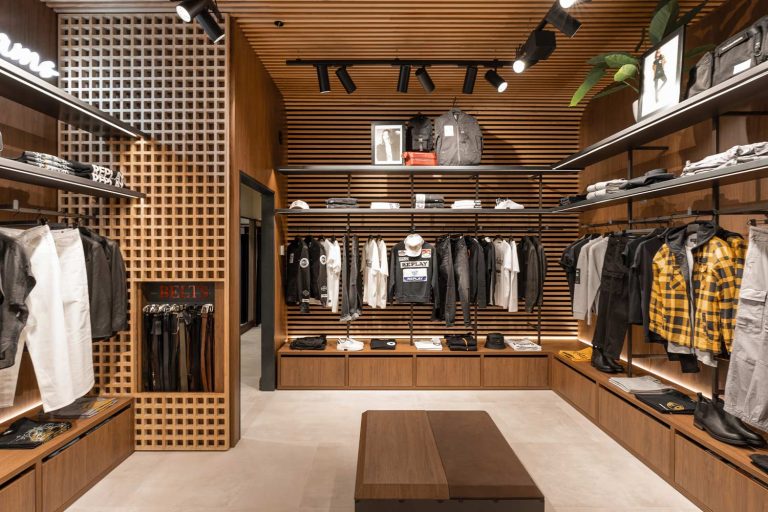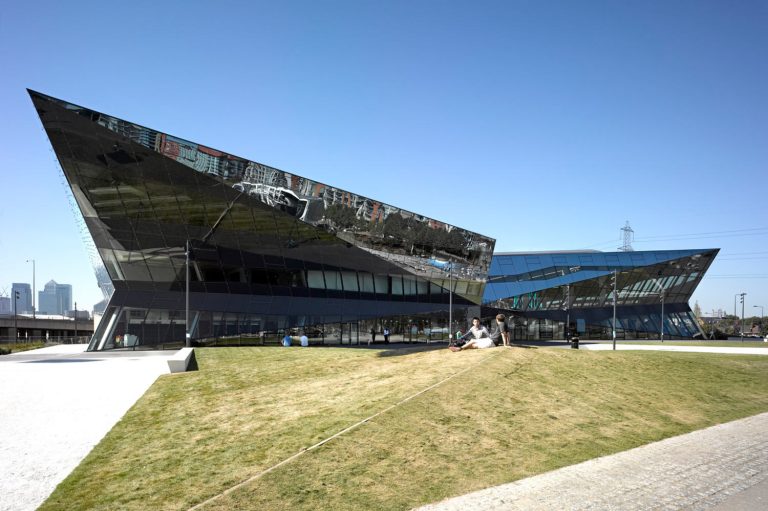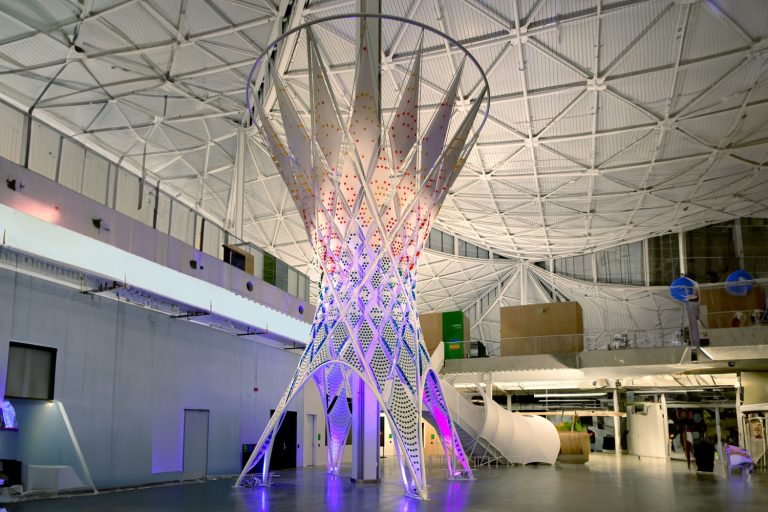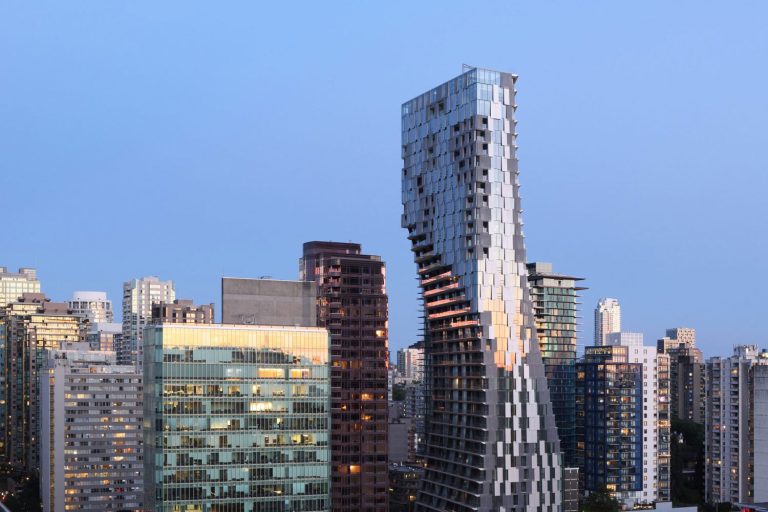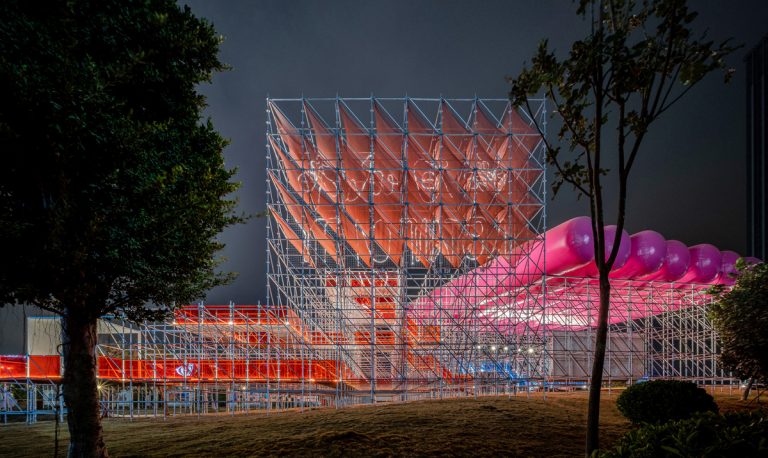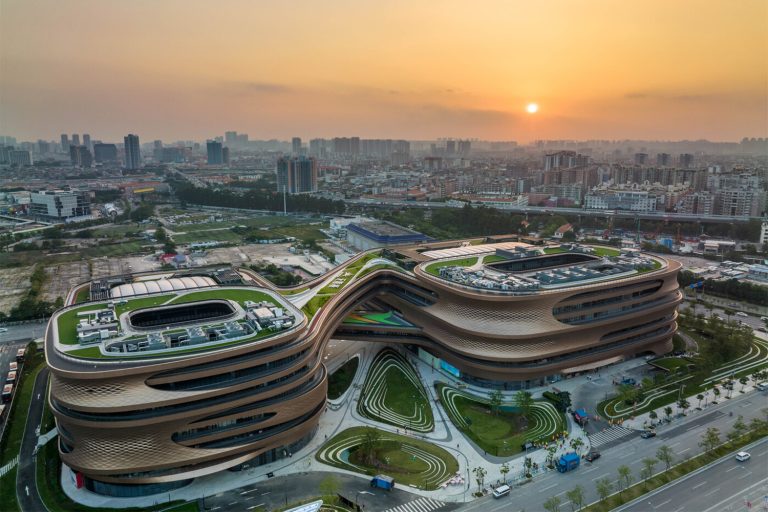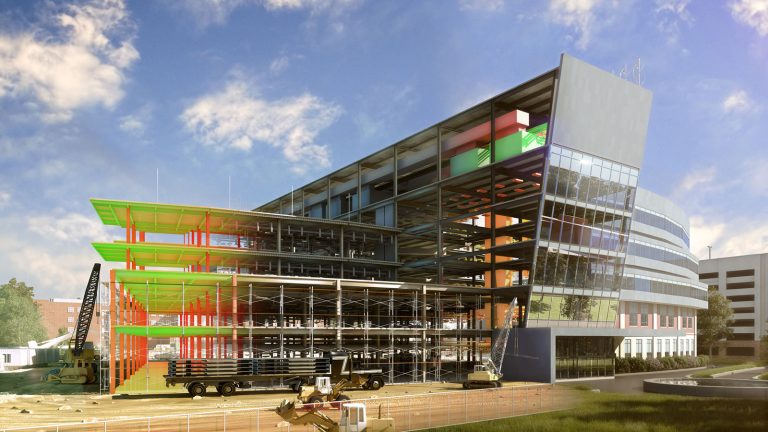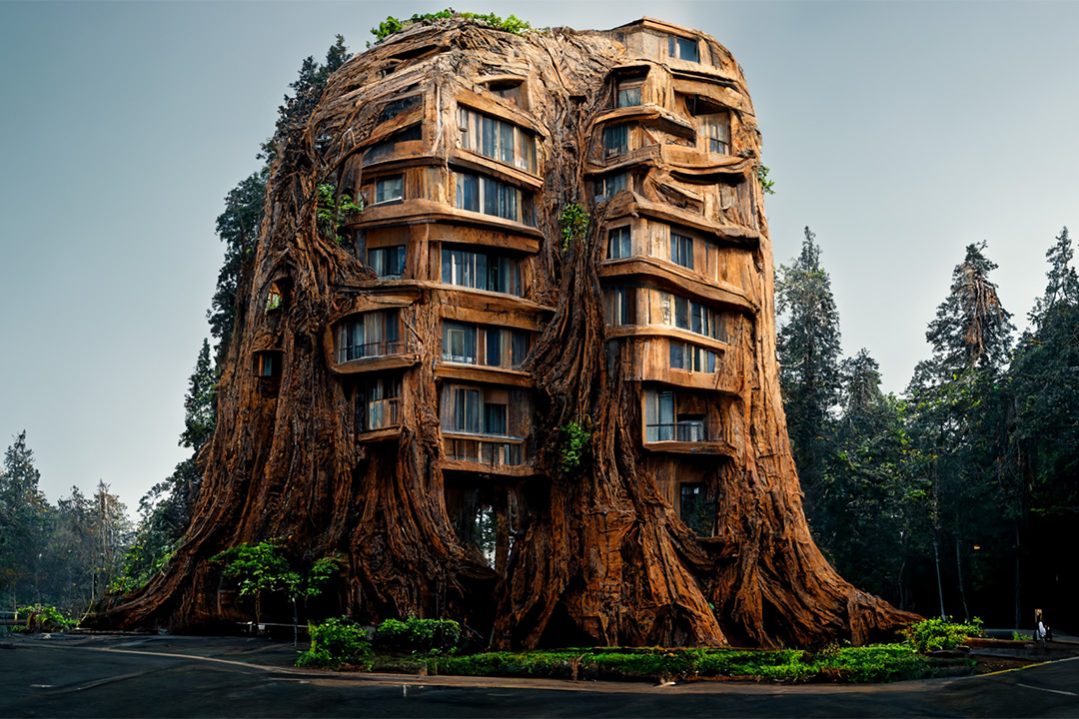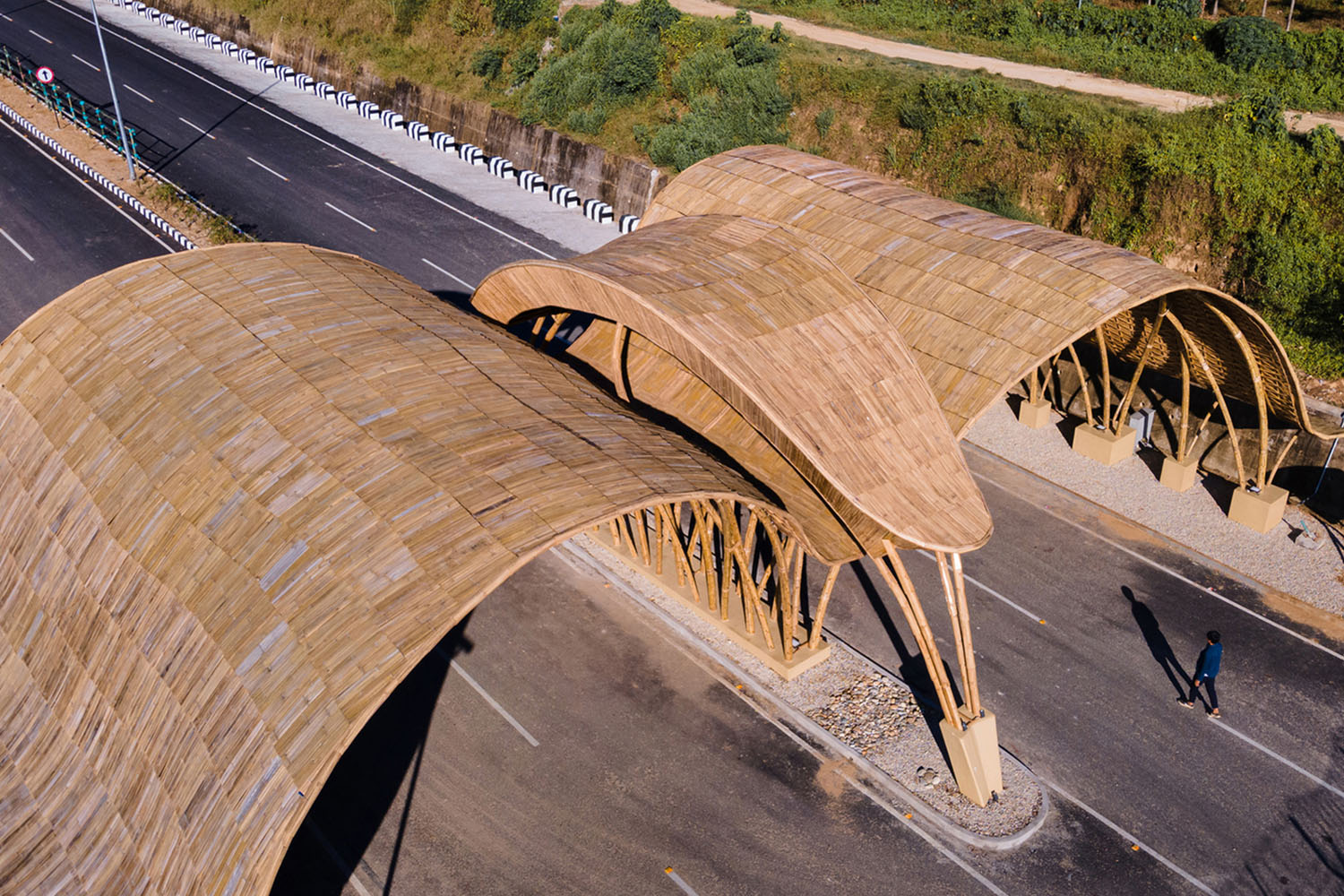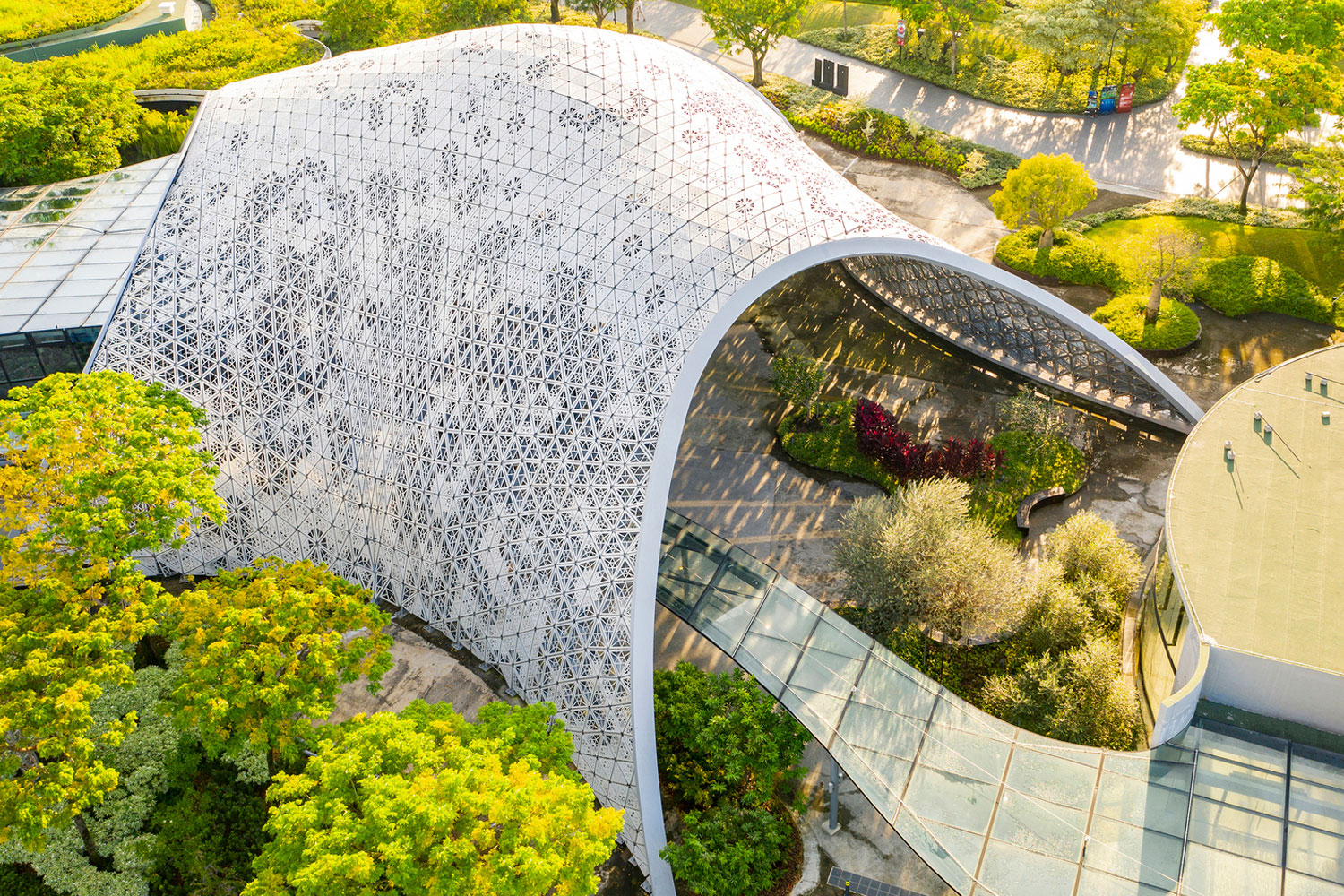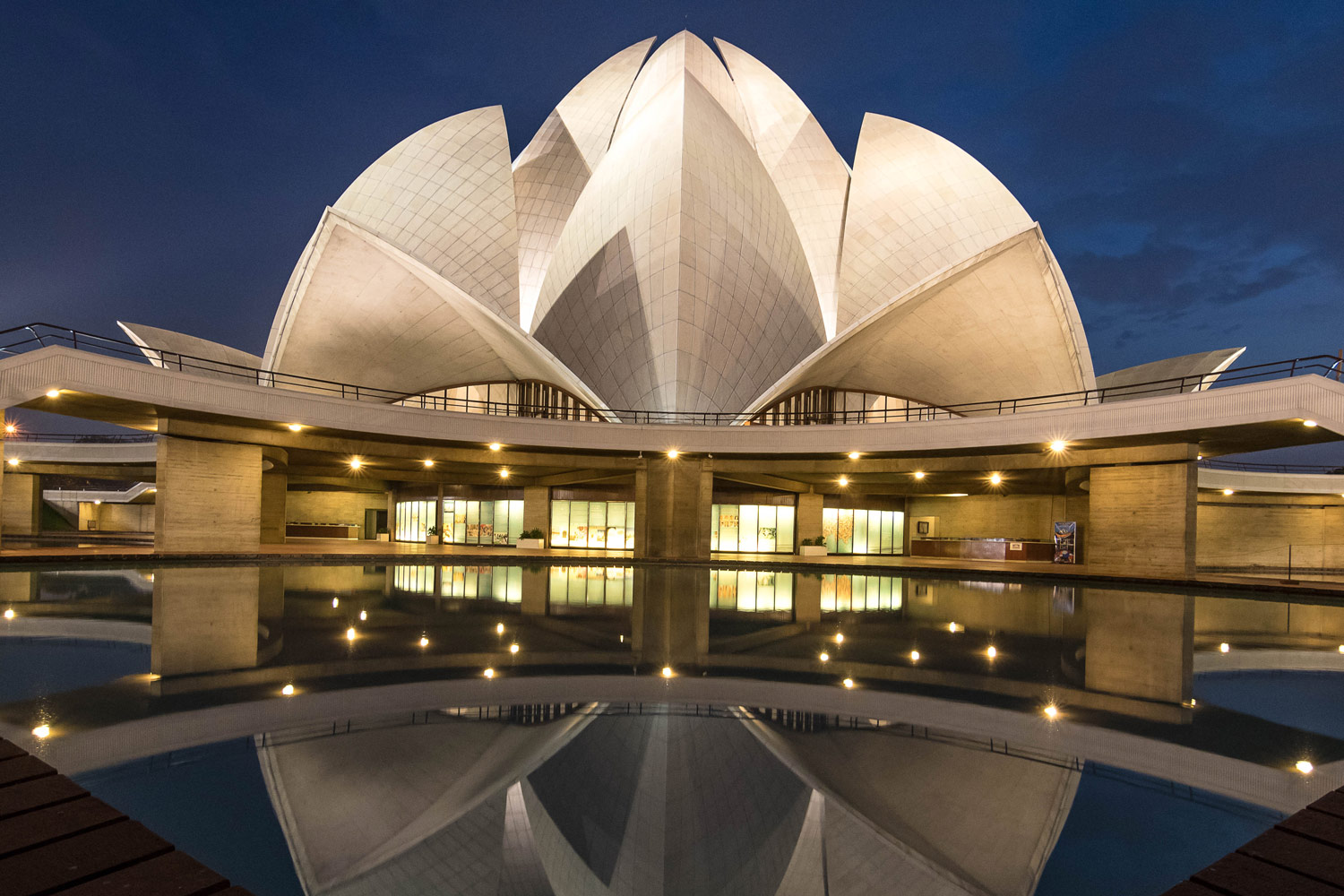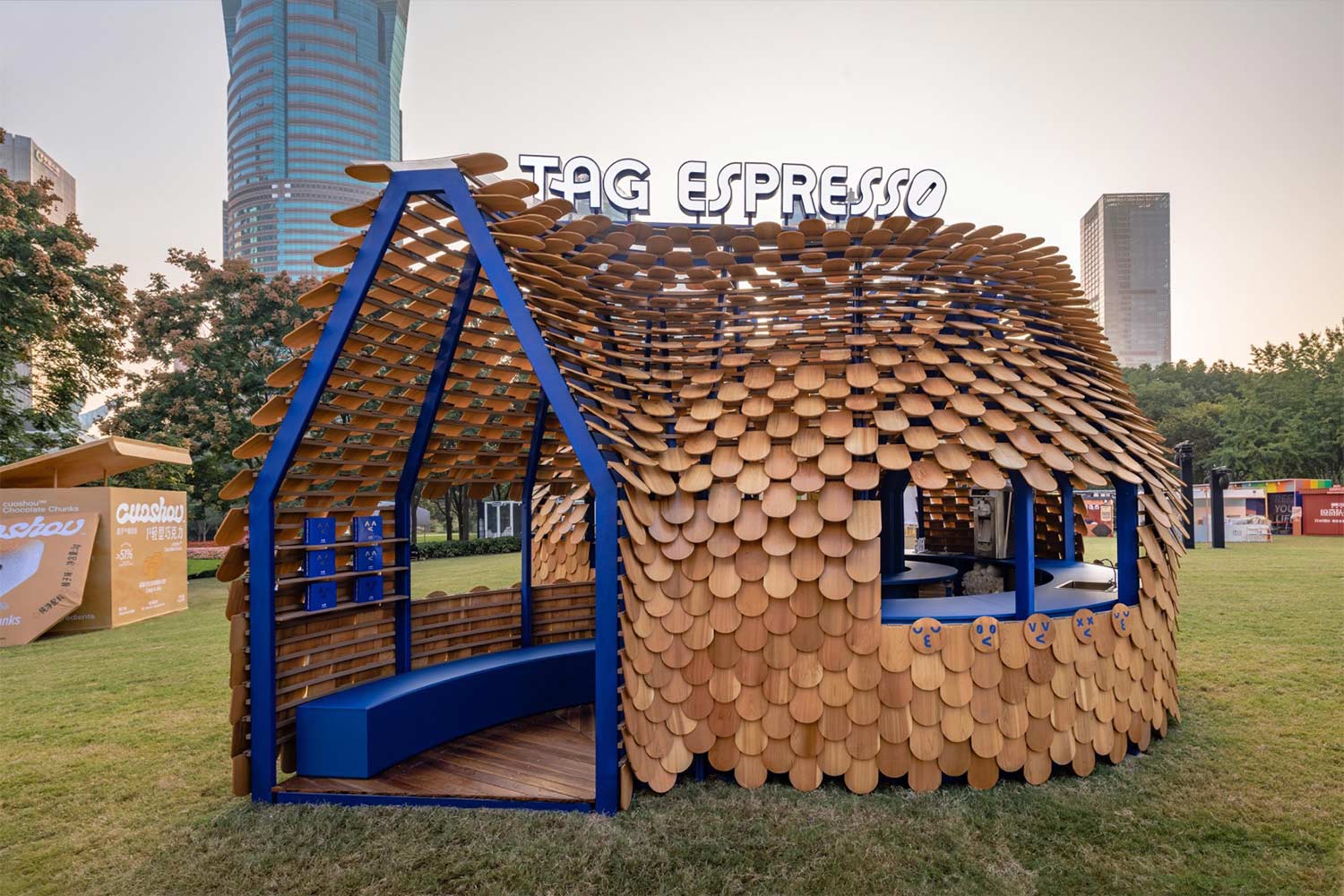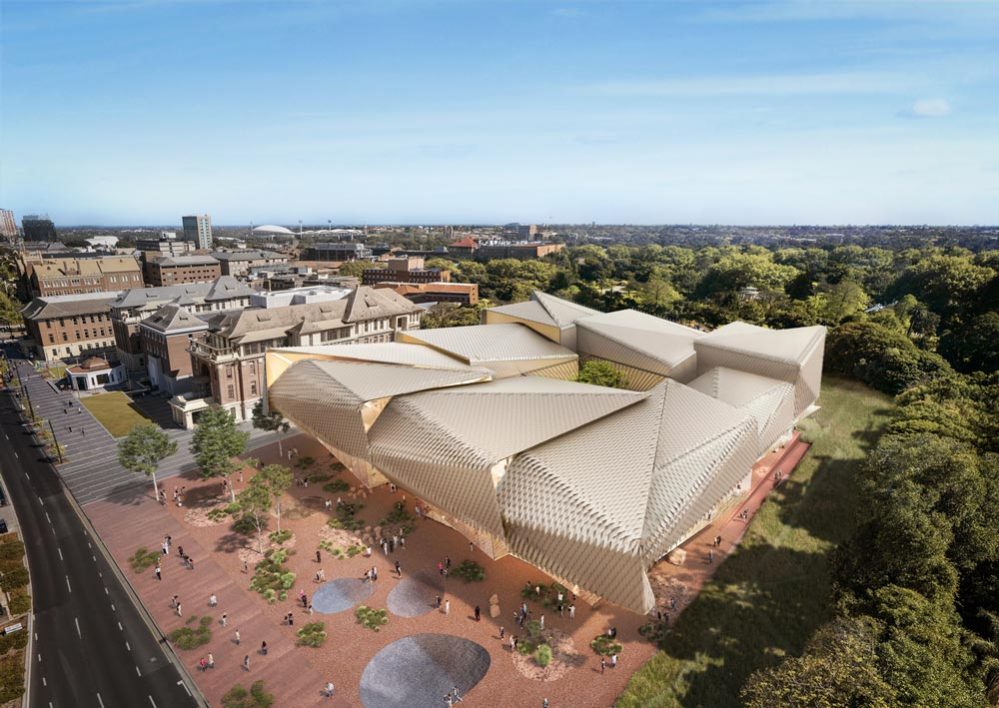
The “Algae Reactor” project is a 3D-printed module for a façade that uses CO2 to cultivate chlorella by Southeast University, Nanjing. Design and fabrication by CHAI Xini, HE Muchun, CHEN Xinchang, and ZHOU Yue. The project was directed by Hao Hua (Southeast University) and Benjamin Dillenburger (ETH Zürich).
The researchers from Southeast University Nanjing and ETH Zürich have collaborated on a project that aims to incorporate nature into our built environment. The project involves the creation of an algae reactor, which is a 3D-printed façade module designed to purify air for city dwellers and produce algal biomass on a regular basis. By introducing the photosynthesis of chlorella into the indoor environment, the algae reactor stimulates microbiological cycles within buildings, drawing inspiration from Photo.Synth.Etica and SolarLeaf.

The skin module, made of 3D-printed rPETG, holds culture tubes and renders the façade translucent. Each module is composed of a hybrid framework and an algae culture system. The framework is made of vertical and horizontal aluminum profiles, 3D-printed skin with grooves, slim solar panels for the pump battery, and fasteners.
The module can be attached to the interior of windows or glass curtain walls. Transparent corrugated tubes containing water and chlorella are mounted onto the grooves of the 3D-printed skin. The groove profile matches the tube diameter and allows for easy removal when harvesting the biomass or replacing the tube.
The pipeline along the grooves is always ascendant to make the air travel slowly but smoothly from bottom to top. A large matrix of modules behind a transparent curtain wall will maintain a large number of biochemical processes to improve indoor air quality. The matrix also adds a green coloring to the façade and regulates light intensity in the interior.
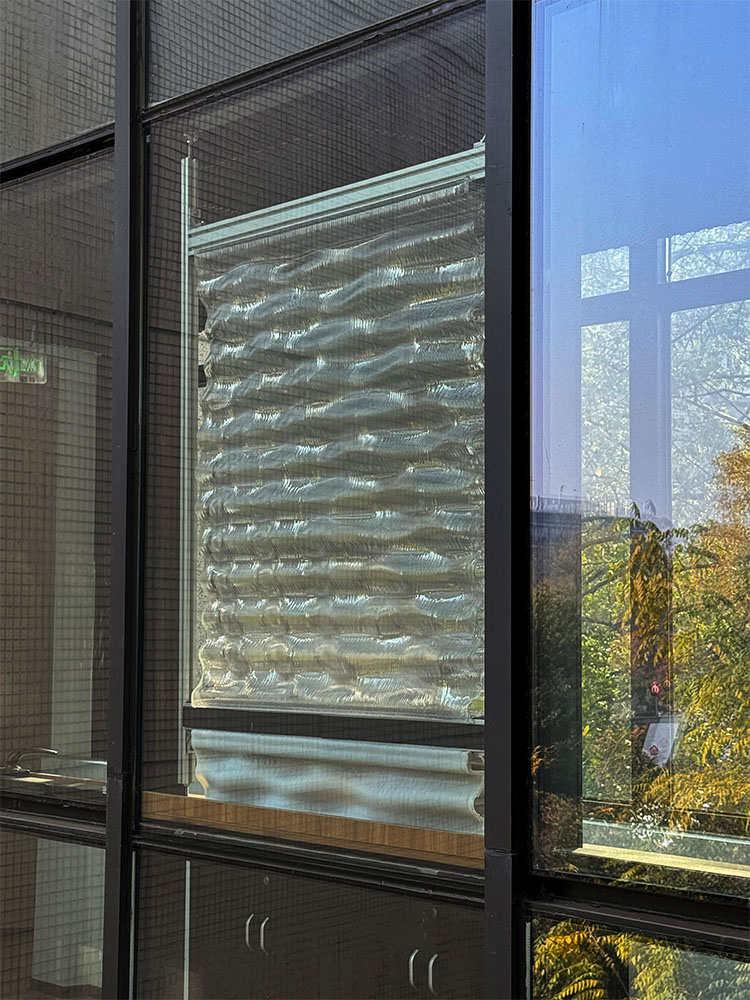

The algae culture system contains a convoluted tube, an air pump with a battery at the bottom, and an anti-overflow funnel at the top. The chlorella liquid is poured through the funnel to fill the entire tube. The air pump draws indoor air into the tube at intervals. The energy generated by the integrated solar panel makes the module independent of the building’s electricity supply.
Since human and facility activities increase CO2 in the building, the chlorella can efficiently transform carbon dioxide molecules into oxygen and release it back into the indoor air because the indoor temperature is relatively stable and mild. The long, convoluted pipeline expands the time that air travels through the algal fluid, allowing the microalgae to absorb carbon dioxide and produce oxygen efficiently.
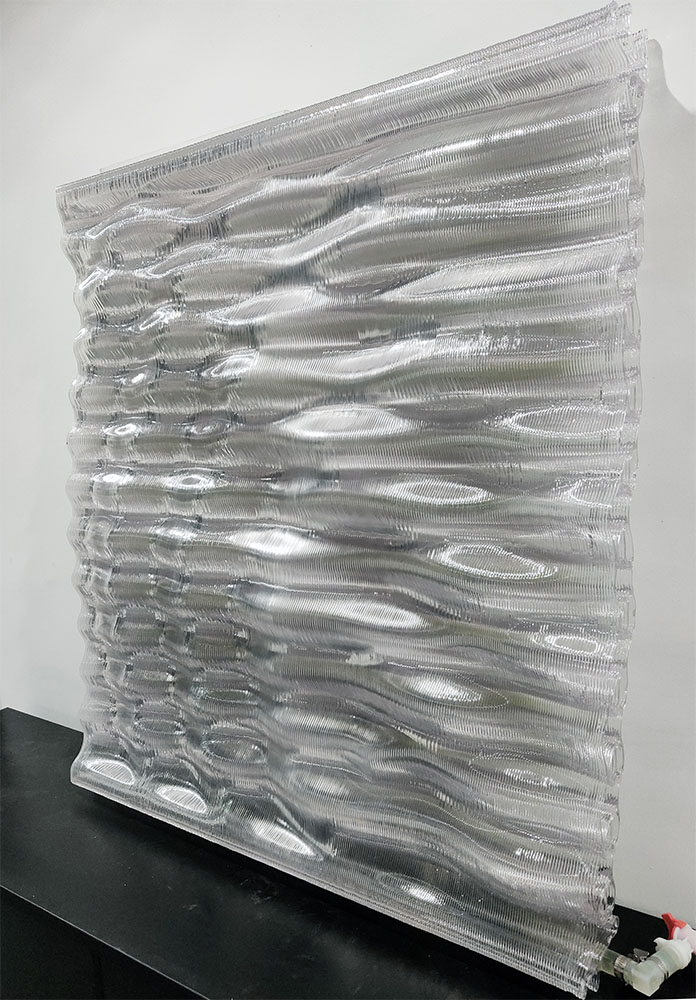
Thus, the major function of the algae reactor is to enable photosynthesis inside the tubular liquid to interact with the indoor air adequately. Every three or four weeks, the tube is removed from the module to collect the biomass and replace the water and chlorella. The complex body of the module is 3D printed with large-scale Fused Granulate Fabrication (FGF) technology. The pellet extruder is mounted onto a KUKA robot arm to form a 3D printing system with six degrees of freedom.
The extruder’s toolpath is carefully programmed to ensure structural stability and precise details. Transparent recycled PETG (rPETG) granules are employed to print the skin with grooves. The layered filaments and differentiated geometry can convert direct sunlight into scattered light, which is good for algae growth.
The algae reactor gently introduces biochemical processes into the built environment. The prototype demonstrates how an ancillary module of windows could purify indoor air and produce sustainable food or medicine. The natural green of the microalgae provides visual comfort in the building. The project suggests that both city dwellers and nature could benefit from new forms of indoor gardening towards a hybrid system of biology and architecture.

Project Info
Design & Research project at Southeast University, Nanjing
Design & fabrication: CHAI Xini, HE Muchun, CHEN Xinchang, ZHOU Yue
Project director: Hao Hua (Southeast University) & Benjamin Dillenburger (ETH Zürich)


